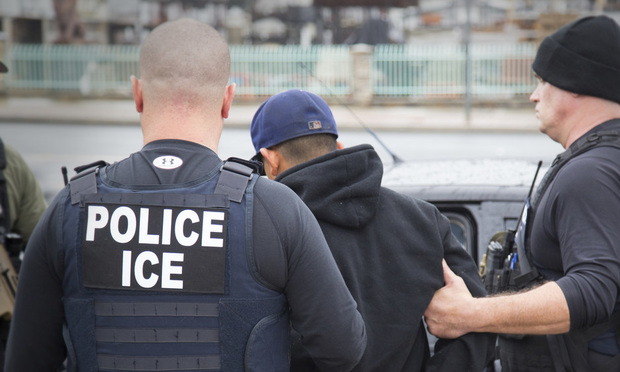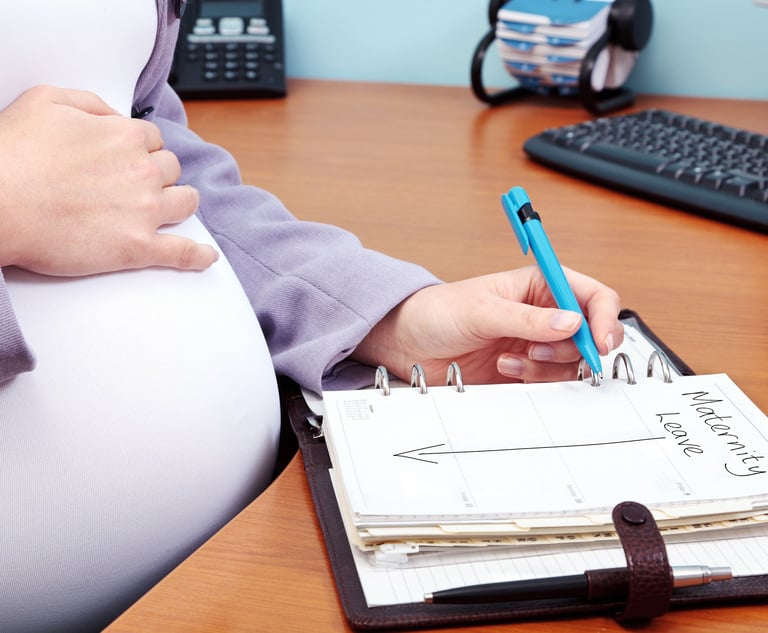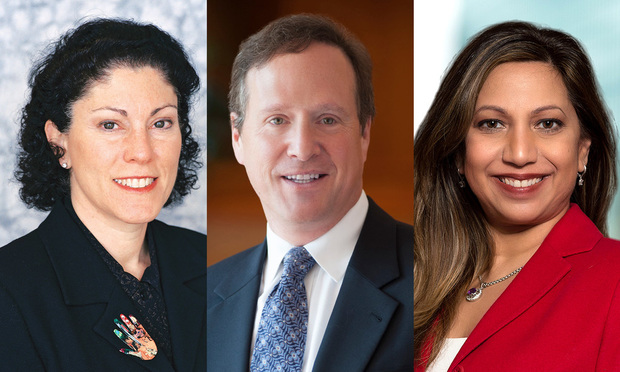Workplace enforcement actions ballooned in 2018, and employers across the United States experienced a significant increase in worksite audits from the Departments of Labor and Homeland Security. The Department of Labor’s (DOL) Wage and Hour Division has increasingly ramped up I-9 audits especially in non-technical industries where undocumented laborers are known to work—such as the agricultural, hospitality and construction sectors. In addition, the Fraud Detection and National Security Directorate (FDNS) within U.S. Citizenship & Immigration Services (USCIS) has significantly increased its on-site fraud investigations for H-1B employers. Site visits spiked in 2018 and FDNS now employs over 650 fraud investigators across the U.S. as part of the Trump administration’s enforcement initiative.
This is a continuing trend with compliance audits and investigations having nearly doubled since 2016. Accompanying this trend in 2018 were new administrative and agency policy measures implemented by both USCIS and DOL. In February 2018, USCIS published a policy memorandum (PM-602-0157) entitled “Contracts and Itineraries Requirements for H-1B Petitions Involving Third-Party Worksites” which specifically targeted IT outsourcing firms—ultimately increasing the evidentiary burden on these types of H-1B employers. In response to this, in November, the DOL issued a new Labor Condition Application with new disclosure requirements related to third-party organizations where H-1B workers will be placed.


 Public Domain Charles Reed/U.S. Immigration and Customs Enforcement
Public Domain Charles Reed/U.S. Immigration and Customs Enforcement







